Sorry, this family of products is no longer available. The replacement family of products is WaveTrain® 3D CW Frequency Doublers.
WaveTrain® 2 CW Frequency Doublers
Overview
WaveTrain® 2 is an advanced stand-alone device that provides simple frequency doubling of single frequency CW laser beams. With greater efficiency than traditional intra-cavity or extra-cavity methods, this product can be used to generate the second harmonic of the output of the Matisse® 2.
- Input wavelength range 410 to 1600 nm
- Only two pre-mounted mirrors for quick change of wavelength ranges
- Low cavity losses and high doubling efficiencies >35%
Applications
- Quantum Physics
- High-resolution UV spectroscopy
- Atom cooling and magneto-optic trapping
- Tunable UV experiments
- Bose-Einstein condensates
- Atomic clocks
- Holography
- Metrology
Specifications
Optical Characteristics
| Wavelength Range | 670-1050 nm | 550-780 nm | 410-550 nm | 1050-1600 nm |
| Automated Scan Range | >40 GHz | >65 GHz | >65 GHz | >40 GHz |
| Phase-Match Tuning2, 3 | ±25 nm @ 800 nm | ±15 nm @ 660 nm | Contact factory | Contact factory |
| Maximum Scan Rate | 10 GHz/sec (fundamental) | |||
Efficiency4
| Input Power | ||||
| 300-600 mW | >6% | >4% | 4-10% | >12% |
| 600-1300 mW | >15% | >10% | 4-10% | >12% |
| 1300-3000 mW | >25% | >15% | 4-10% | >12% |
| 3000-10000 mW | >35% | >15% | 4-10% | >12% |
Requirements
| Pump Laser | TEM00, M2<1.1, single frequency laser Linewidth <10 MHz, linear polarized |
|||
| Ambient Conditions | Constant temperature in the 20-25°C range | |||
| Laboratory | Vibrational isolated optical table, dust-free air (flow box) | |||
| Voltage | 115/230 V, single phase, 50/60 Hz | |||
Physical Characteristics
| Size (L x W x H) | 19.88 x 11.02 x 8.43-9.45 in (505 x 280 x 214-240 mm) | |||
Footnotes:
- Due to our continuous product improvement program, specifications may change without notice.
- Phase-match tuning is defined by an intensity reduction of 50% in the SHG.
- Crystal cut wavelength may vary by 1%.
- Specifications for 670-1050 nm and 550-780 nm tuning range only with Matisse Ti:Sapphire and dye lasers.
Features
Patented DeltaConcept® Ring Cavity Design
WaveTrain 2 utilizes a ring cavity to achieve efficiencies greater than 35%. Unlike conventional bow-tie cavities, WaveTrain 2 is based on a patented triangle-shaped cavity configuration called the DeltaConcept®, which allows the cavity length to be adjusted with no effect whatsoever on output beam position, direction or beam astigmatism. The DeltaConcept design requires two cavity mirrors (as opposed to four in a bowtie resonator) which minimizes losses for maximum output power.
WaveTrain 2 Stability
- Hermetically Sealed Resonant Ring Cavity for Crystal Longevity: The WaveTrain 2 resonant ring cavity is housed in a massive metal block and hermetically sealed with an O-ring and metal cover plate. Hygroscopic material inside of the housing protects against humidity. The doubling crystal is temperature stabilized and nitrogen purging is available.
- Adjustment Knobs External to Sealed Cavity: There is no need to remove the lid of the hermetically sealed cavity during adjustment. This prevents cavity misalignment that can occur with lid closure.
- Isolation Legs: The WaveTrain 2 is mounted onto 3-point ceramic ball isolation legs to decouple the system from laboratory vibrational noise.
Auto Locking Frequency Loop
Output stability is further enhanced by the use of a lightweight piezo-activated prism to optimize the cavity length, making the WaveTrain 2 especially resistant to vibrations and acoustic noise. This inherent beam stability enables the control hardware to automatically lock the cavity for maximum doubling efficiency during both fixed frequency and scanned operation.
Maximum Wavelength Flexibility
Ease of access and the use of pre-mounted modular optics and crystals insure maximum wavelength flexibility, enabling the WaveTrain 2 to be operated effectively over the entire 410–1600 nm input wavelength range.
Compatible Power Sensors
To verify and analyze the output power of your WaveTrain 2 laser, we recommend the Ophir thermal power sensor (contact sales-selection depends on application) and Centauri laser power meter. Additional information on this laser measurement equipment can be found on the ophiropt.com website. Other Ophir sensors and meters may also be suitable for the WaveTrain 2, depending on application. Ophir also works with laser system developers to achieve embedded beam diagnostics to monitor system performance as an OEM solution.
Resources
Data Sheets
- WaveTrain 2 Datasheet (574.3 kB, PDF)
Literature
- Ultrafast Lasers Brochure (4.6 MB, PDF)
- CW Tunable Lasers Brochure (3.8 MB, PDF)
Drawings & CAD
- WaveTrain 2 Dimensions (192.5 kB, PDF)

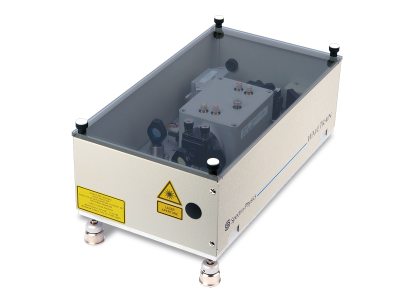
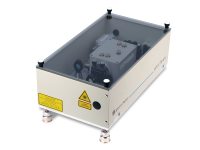
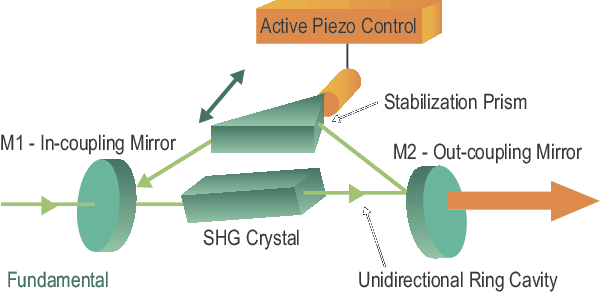
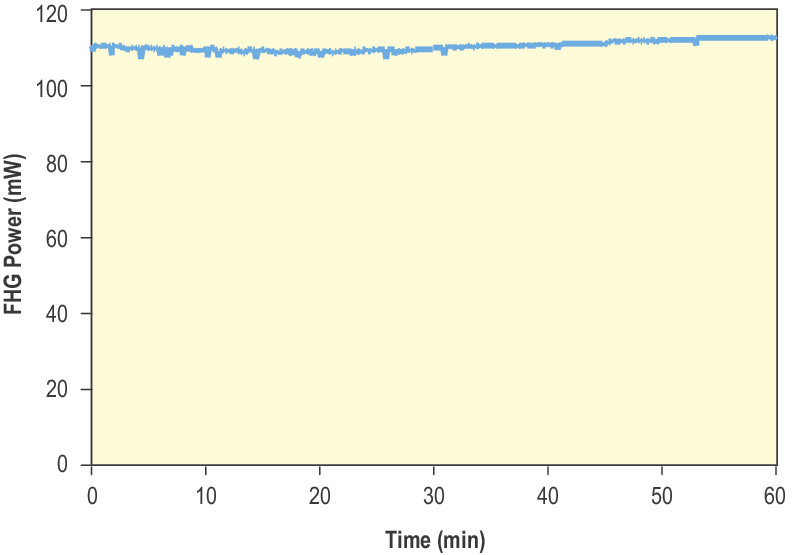
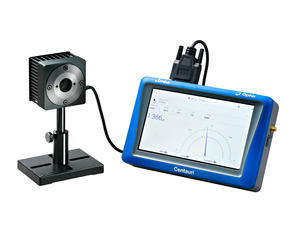
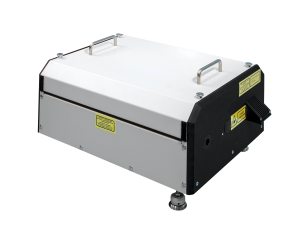
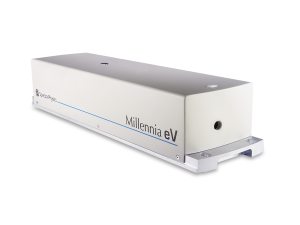
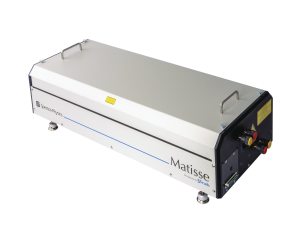
 Ultra-High Velocity
Ultra-High Velocity